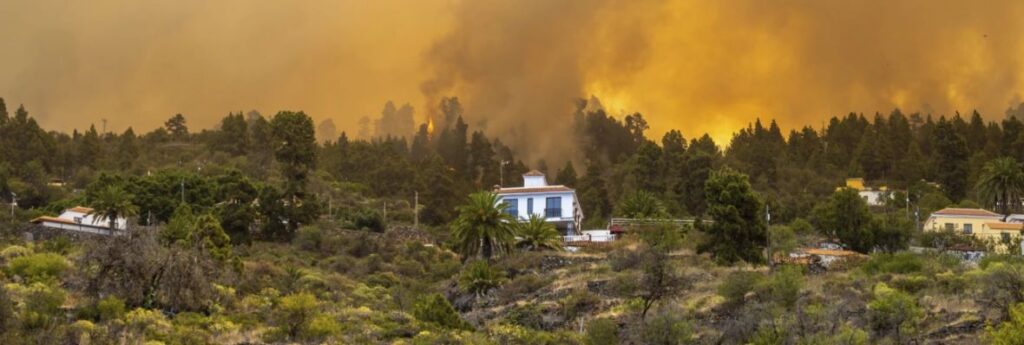As Yellowknife begins evacuation and Maui continues to cope with the aftermath of devastating wildfires, global attention has turned to the Spanish Canary island of Tenerife, a popular tourist destination where an out-of-control wildfire has burned thousands of hectares and affected nearly 8,000 people who are either evacuated or confined.
Regional President Fernando Clavijo said some 250 firefighters and members of the Spanish army are tackling the blaze, located in the north of the island, stating, “This is probably the most complicated blaze we have had on the Canary Islands, if not ever, in at least the last 40 years.”
Extreme temperatures on the island, he said, added to “specific meteorological conditions” caused by the fire that turned the area into a virtual oven.
The blaze, which started Tuesday night, is centred on a craggy, mountainous area, which is difficult for emergency brigades to access. Spanish authorities said their main goal is to contain the fire and prevent it from reaching more populated areas. The island’s main town, Santa Cruz, is 20 km away from the flames.
The wildfire is threatening six municipalities. Some 7,600 residents in the area have either been evacuated or ordered to stay indoors Thursday due to hazardous air quality. Clavijo said firefighters were working day and night but the fire remained “out of control.”
The seven-island archipelago is located off the northwest coast of Africa and southwest of mainland Spain.
Tenerife is one of Spain’s tourist hotspots. Tenerife Tourism office stressed in a statement Thursday afternoon that the main tourist areas and cities of the island are away from the fire. Business continues as usual in accommodation establishments, beaches and other tourist sites located in areas near the coast and in the midlands, the office said.
But access to the Teide National Park, the most important tourist attraction in Tenerife after the beaches, closed to the public on Thursday, said the Canary regional government, and all tourist facilities around the Teide volcano area, including accommodation, are being evacuated.
Temperatures in the Canary Islands peaked at more than 40 degrees Celsius in recent days and are set to rise again on Saturday.
The fire could become Spain’s worst blaze so far this summer, as the country suffers another year of severe drought. It follows similar wildfires on neighbouring La Palma island in July.

